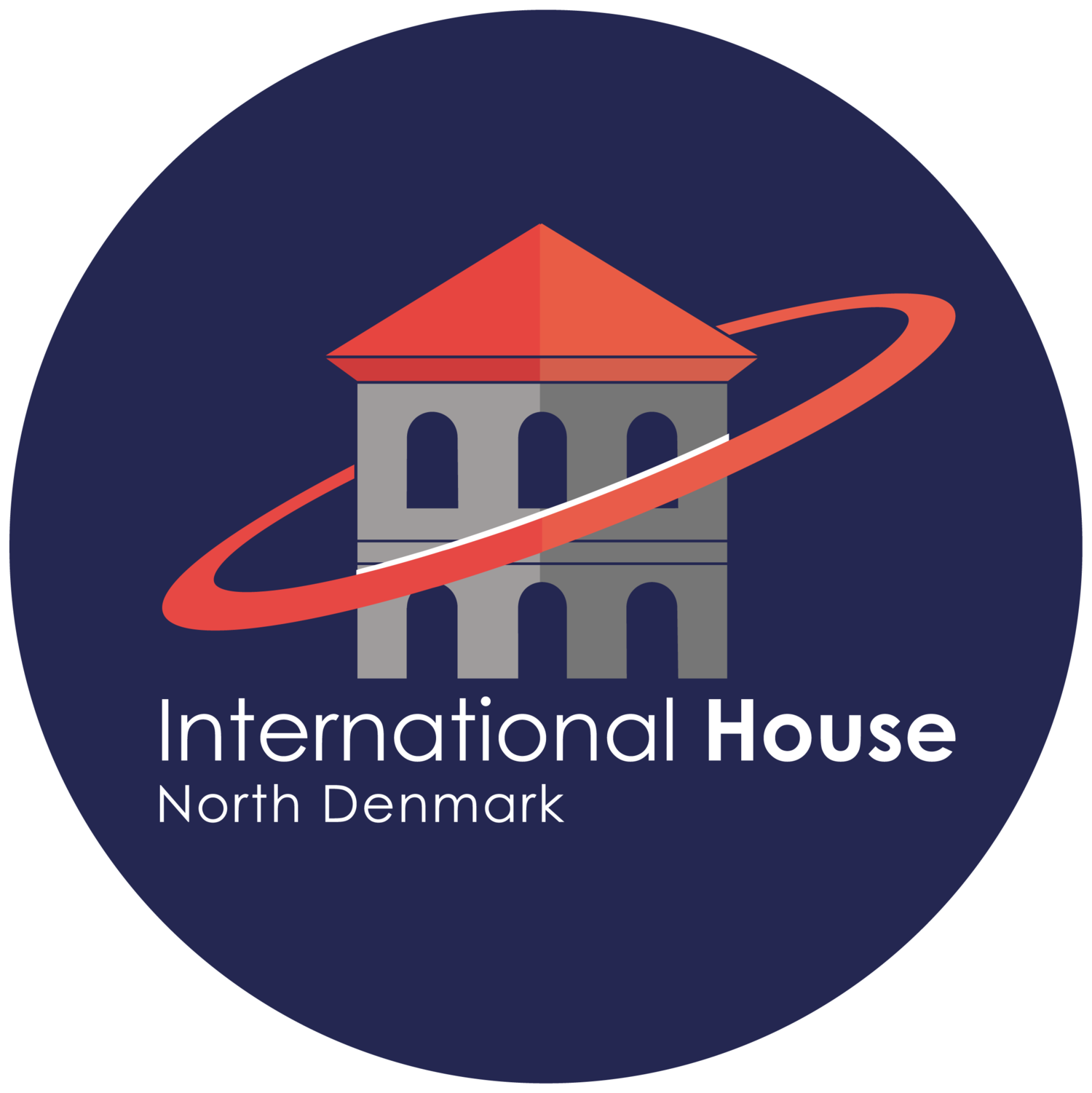Danish Summerhouses
Why Danish Summerhouses Are More Than Just Holiday Homes
When people think of Denmark, they often picture clean design, bicycles, and hygge. But nestled across the coastlines, forests, and heaths of the country lies another beloved piece of Danish culture: the summerhouse (sommerhus).
For Danes, summerhouses are more than just seasonal getaways—they are a lifestyle, a tradition, and a deeply personal escape from the everyday.
A Cultural Cornerstone
Summerhouses in Denmark date back over a century, originally built by city dwellers looking to escape urban life during the warmer months. What started as modest wooden cabins has evolved into thoughtfully designed spaces that balance comfort with simplicity. Despite their upgrades, summerhouses remain rooted in minimalism and nature—two values that are deeply Danish.
Today, there are more than 200,000 summerhouses across Denmark, and they remain a cherished part of life for many families. Some are passed down through generations, others are newly built or rented, but the purpose remains the same: to slow down.
Why Danes Use Them
Nature and Simplicity
Denmark’s summerhouses are typically located near the sea, forests, or lakes. These natural surroundings offer peace, quiet, and a break from the always-on culture of modern life. The lack of clutter - both literal and digital - is a conscious choice.
Work-Life Balance
in Practice The Danish commitment to work-life balance doesn’t end with the 37-hour workweek. Many Danes retreat to summerhouses over weekends, holidays, and even for remote work. It’s a way to recharge and reconnect—away from traffic, emails, and meetings.
Family and Tradition
Summerhouses are often family gathering places. Long summer dinners, rainy board game days, or beach walks with grandparents - these shared experiences become memories that last across generations.
Design and Sustainability
Danish summerhouses often reflect the same principles seen in Danish architecture: form, function, and respect for the environment. Think large windows, wooden facades, and interiors that bring the outdoors in. Many are built with eco-friendly materials and run on renewable energy.
The Broader Impact
Beyond personal use, summerhouses are a key part of domestic tourism and local economies. Many Danes rent out their summerhouses to visitors - especially during school holidays - contributing significantly to rural and coastal communities.
International interest has also grown. Tourists looking for an “authentic” Danish experience often opt for summerhouses over hotels. It’s not just about where you stay, but how you live while you’re there.
A Lesson in Intentional Living
In a world of constant noise, Danish summerhouses offer something rare: intentional quiet. Whether it’s reading by a firepit, eating fresh strawberries in the garden, or just watching the waves roll in, time at a summerhouse is time well spent.
Written by: Abi Fox Pinderup


